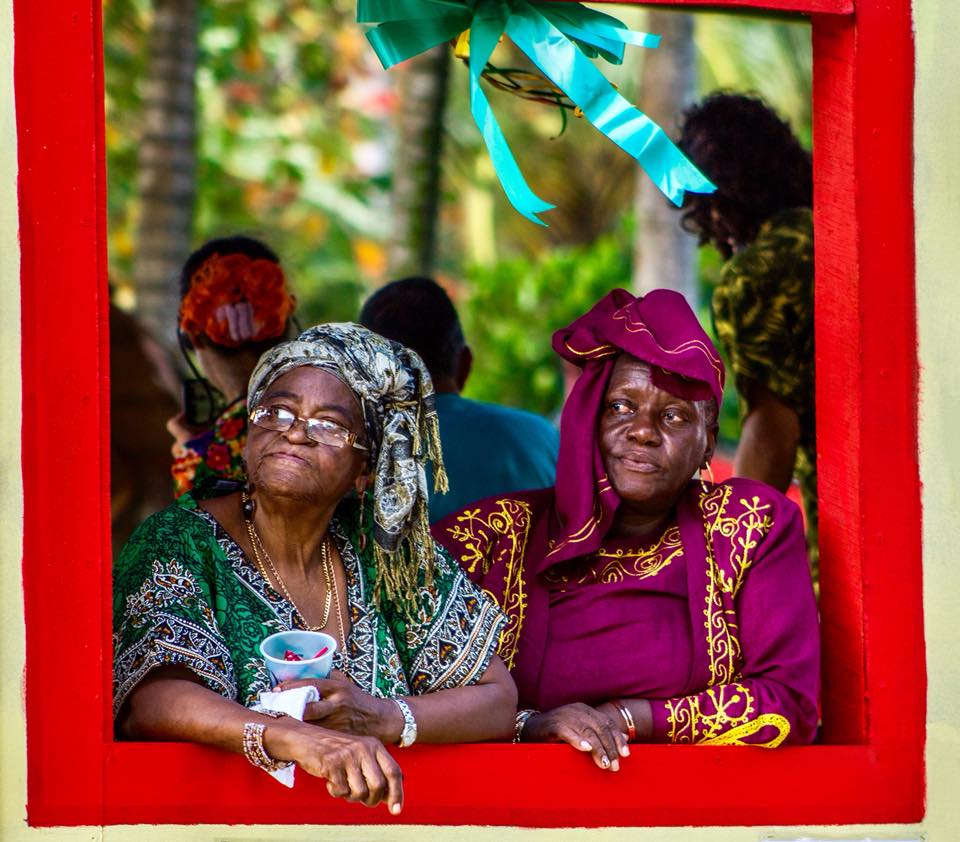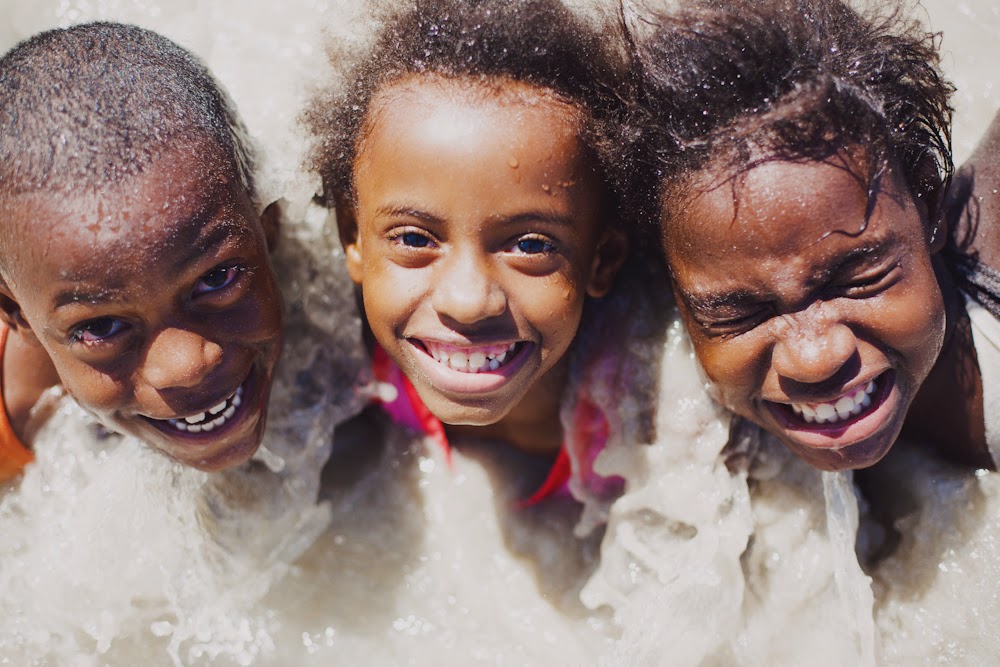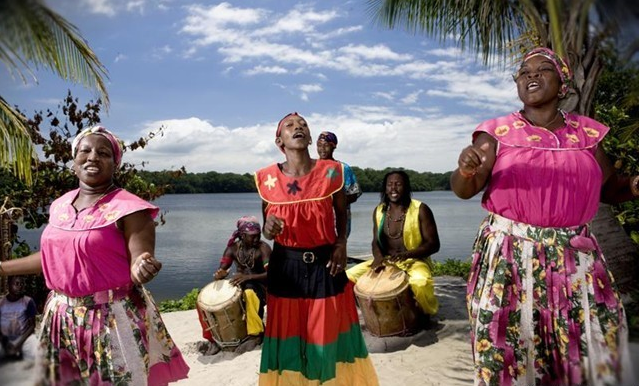First it is important to define what we are talking about when we talk about the Caribbean. Although there may still be debates in this regard, the Caribbean region can be understood as the predominantly coastal geographical area between the Lesser Antilles and the Gulf of Mexico, from north to south. From the island of Bahamas to the archipelago of Bocas del Toro (Panama), from east to west. A predominantly Afro region, the result of complex historical processes of colonization, miscegenation and cultural fragmentation. In the same way, the Caribbean also harbors diverse historical trajectories between the peoples that inhabited it and inhabit it to this day, which allows for phenomena of colonialism to coincide in the 21st century, with islands still recognized as ‘European overseas territory’ There are also important references for the sovereign construction of Caribbean identities and nations.

Amongst the sea of Caribbean diversity, here we focus on the Southwest Caribbean. Six countries involved: Colombia, Costa Rica, Honduras, Jamaica, Nicaragua and Panama. The processes of British colonization in the 16th and 17th centuries shaped a very specific feature in the coastal and island areas of this region. Among English pirates and buccaneers, the indigenous communities of the Caribbean were led to extermination, leaving only a handful of communities on the Caribbean coast of Central America recognized as the Rama in Nicaragua, the Miskitos in Nicaragua and part of Honduras; and the Kunas in Panama. The brotherhood of the Creole peoples of the Southwest Caribbean is founded on four fundamental elements:
–Daily use of the Kriol language. Also known as Jamaican patois. This despite the fact that in these countries, with the exception of Jamaica, the teaching of Spanish in the educational system has predominated.
– The African phenotype. Although the complexity of the miscegenation between Africans, British and Indians generated various distinctions between blacks and “people of color”, this last reference to Creole, from the Afro-Caribbean perspective, black racial characteristics continue to predominate.
– Family affiliation. On the coasts and archipelagos of these six, certain shared family trajectories can be found in surnames such as Archbold, James, Howard or Robinson. These kinships have spread throughout the region as a sign of slave ownership on behalf of English colonists, which were maintained after the independence processes and despite the division between States.
– Affiliation to Protestant churches. Although the religious experiences of the Creole communities in the Caribbean are very diverse, they are marked by a strong Anglo-Saxon influence that brought with it the strengthening of Protestant religious communities such as the Moravian Church or the Baptist Church.

The colonization phenomenon in the Caribbean was strongly marked by the plantation of sugarcane and cotton. When some islands were seized by European vessels and the indigenous communities of the Caribbean were forcibly reduced, African slaves were brought in to work on large settlers’ mills. This, in turn, led to a linguistic miscegenation since it is known that African slaves often could not communicate with each other because they were brought from different parts of Africa and, therefore, did not share the language. Subsequently, English began to be coined by many of them within the framework of forced labor, finally reaching an Africanized use of English, with elements also of Castilian and the indigenous languages, gave way to language Kriol (Jamaican patois ) as a shared dialect throughout the insular and coastal zone of the Southwest Caribbean. However, it is important to mention that despite sharing this linguistic structure, there are variations and indigenous dialect features in each case. Later, in the 19th and 20th centuries, it would be the American control of the banana industry that would transport children and grandchildren of the colonization process through insular territory and the Caribbean coasts and that would continue to build the cultural and historical base of the Creole.
The conformation of the nations and states in this region was determined, among other things, by the disputes that took place between European empires for the control of the islands and the coasts throughout the Caribbean. For example, the territory of the Nicaraguan Caribbean was disputed by British and Spanish, as well as some islands adjacent to the Central American continental territory. This largely conditioned the fragmentation of a culture that, although never understood as a single people, built the foundations of a Caribbean and Creole identity in these countries. Many of these communities formed regional elites in their respective countries, while others were culturally persecuted within the framework of nation building, imposing on them the teaching of the Catholic religion and the Spanish language. However, the identity has survived the different historical fragmentations and recently they have given way in order to reconnect the ties that unite them for five centuries.

The Creole communities have different degrees of recognition and organization in the countries of the region. While in Jamaica the Creole identity is the center of the Jamaican identity, in Colombia, for example, the Creole are recognized as roots and are found mostly in the San Andrés archipelago, in the heart of the Great Seaflower. In Panama they mainly inhabit the city of Colón on the Caribbean coast of this country and the archipelago of Bocas del Toro. In Costa Rica they are found mainly in cities on the Caribbean coast such as Limón, to the point of being recognized many times as Limonense creoles. Here it is important to mention that the current vice president of this country, Epsy Campbell, is recognized as Creole. In Nicaragua, the Caribbean coast is a territory mostly shared between Creole and Miskita and Rama indigenous communities. The city of Bluefields and Corn Island are the epicenter of Creole identity in that country. And in Honduras the creoles, recognized mostly as English blacks and Garifunas, inhabit the Honduran Caribbean region and the northern islands like Roatan.Creolity in the Caribbean is the result of an identity always under construction. Many communities speak of the state of creolity as the permanent dialogue between cultures without one imposing itself to the detriment of the other. The Creoles of the Southwest Caribbean recognize its Afro root and its Anglo root, but as a Central American black brotherhood. They have spent centuries on the coasts and islands of the region, many living on the marine-coastal biodiversity and, therefore, being their main guardians. Today they seek to strengthen their ties by speaking of the Caribbean as a corridor of biological and ethnic diversity, where the organization of States will never again be able to go against nature or against its culture.


